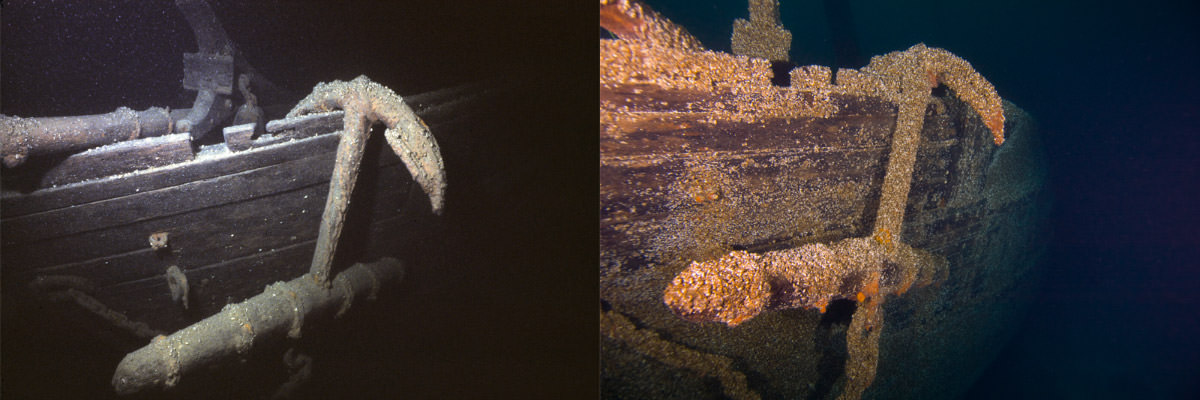Invasive Species
National Issue

Non-indigenous species, also called alien, exotic, non-native or introduced species, are animals or plants living outside their native distributional range, having arrived by human activity either deliberately or accidentally (e.g., ballast water exchange, restaurant waste disposal, trade in exotic species for aquaria). Non-indigenous species that have damaging effects on ecosystems are called "invasive species." These can affect the diversity or abundance of native species; the ecological stability of invaded waters; the quality of archaeological resources or the agriculture, aquaculture or recreational activities in the vicinity. Invasive species impacts can range from minor (reduced fitness of individuals but no affect on populations) to massive (such as replacement and local extinction of native species). Management responses often include studying biology and impacts, developing early warning programs, active removal or eradication, and broad reaching education and outreach. In some places, monitoring can be done by citizen volunteers, and partnerships are often needed for sustained mitigation and removal. It is also essential to address activities that promote the movement of non-indigenous species. In the marine environment, this includes activities like ballast water discharges, vessel transits, aquaculture and aquarium releases.
Most marine sanctuaries have invasive species. Some have had them for a long time; populations are still growing in others -- along with concerns. For example, Indo-Pacific lionfish have yet to reach their full range or impact on Atlantic, Gulf of Mexico and Caribbean ecosystems. Sanctuaries with semi-enclosed areas (bays and estuaries) report significant ecosystem impacts from other invasive species. The invasion of zebra and quagga mussels in the Great Lakes has fundamentally changed lake ecosystems, and the huge masses of growth have degraded the integrity of many lake shipwrecks.

